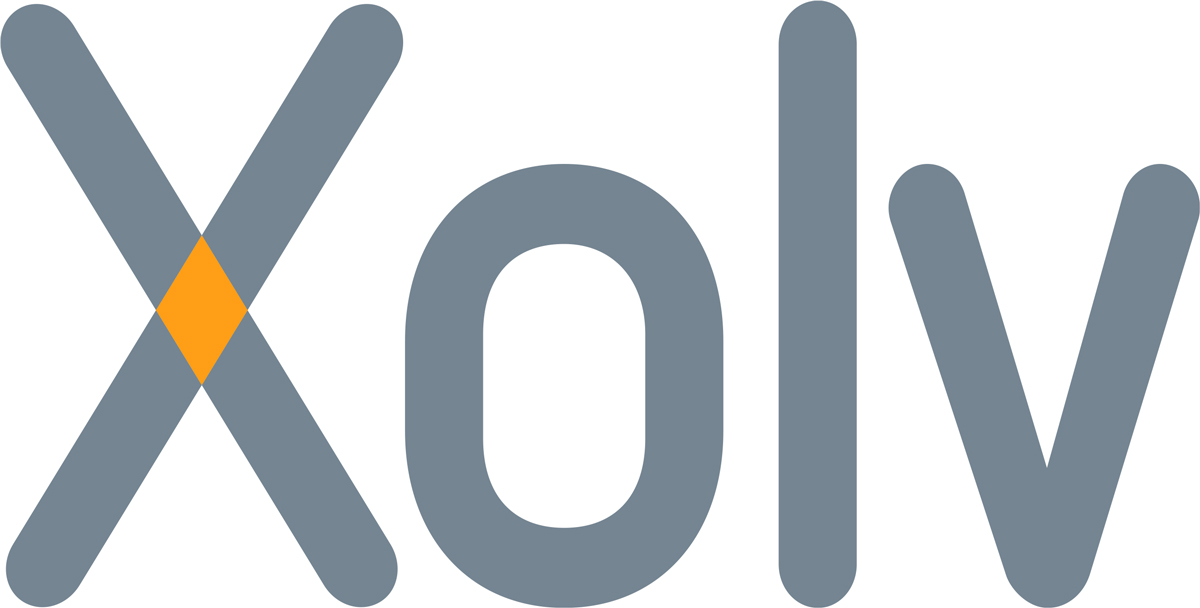Our role as service broker
As a service broker, we try to support our customers in every possible way. Not only in commercial discussions at the time of policy renewal, but especially in the day-to-day operation of the policy, including the establishment of credit limits. Of course, the insurer ultimately decides whether to insure a particular risk, but from our role as intermediary, we can certainly contribute to the assessment process.
Due to the high number of limit applications and assessable companies that insurers receive every day, they make choices in the intensity and frequency with which they assess companies. Companies on which there are millions in insured limits (i.e. those with high 'exposure') are more likely (and more often) to qualify for reassessment than those with low exposure. This is a cost-benefit trade-off as any commercial company makes. Moreover, assessing high-risk files often requires more detailed information, e.g. a liquidity budget or information on (bank) financing. In other cases, an abridged publication balance sheet often suffices.
Thus, it regularly happens that a particular company is not (yet) on the insurer's 'radar'. Or that a subsequent assessment is scheduled for a later date, while a policyholder has acute limit needs. In this case, the assessment can be significantly accelerated or extended by assisting the insurer, for instance by providing them with the right information. Xolv mediates in this by hearing both sides, exchanging contact details of insurer and debtor or contacting these companies itself. Always in consultation with the policyholder, of course, in order to achieve the desired approach in every situation.
The practical case: why was our help sought?
The other day, we were asked by a customer to look into the extension of the credit limit on one of their largest customers. This customer has been insured for several years, has therefore already gained the necessary knowledge and experience of how credit insurance works and frequently consults Xolv when a divergent decision is made. Nevertheless, the outcome of the review this time was not entirely satisfactory.
The buyer in question is a wholesaler with also own shops, mainly in the Netherlands. The buyer operates through several private limited companies and has an annually increasing (group) turnover, but is not required to file consolidated annual figures due to the group structure. The insured and the buyer have been doing business for some time, which previously led to contacts with the insurer about increasing the existing credit limit. The latest increase was only on a temporary basis. Despite the existing contacts, the customer failed to convince the insurer to extend the higher limit. Therefore, the client enlisted our help.
How do we address this?
To start with, we approached both the insurer and the debtor to find out what had already been discussed and what information had been shared. The contact between both parties was basically good, yet the insurer made a stand. The reason? A combination of the high limit demand relative to turnover and business size, the lack of consolidated and interim figures and - last but not least - the uncertainty surrounding the Covid-19 pandemic.
In addition, on the debtor's side, there was now reluctance to share more (detailed) information. From discussions with the debtor, this reluctance stemmed from not understanding exactly why the insurer needed the information (they "always paid the supplier nicely on time, right?") and how risk assessment works. Thanks to a further explanation of how the credit insurance works and confidentiality agreements for both the insurer and Xolv, the debtor was eventually willing to provide an interim update of the annual figures.
Consolidated insight was thus still lacking, but the insurer accepted as a mutual guarantee declaration between the different bv's as additional security, in order to still maintain the credit limit on the entity with which our client does business. Both buyer and customer wanted to cooperate on this; after all, they were supposed to mutually agree on the guarantee. The customer just had little experience with this type of guarantee construction. We helped them on their way with another explanation, a sample text of such a guarantee and, very importantly, the emphatic advice to have the signed document properly assessed for enforceability by a lawyer. After all, the risk of enforceability was the client's responsibility. After mutual consultation on the text and terms of the guarantee, the client and debtor came to an agreement and the insurer received, for information, the document signed by both. This set a new assessment in motion.
The result achieved
Indeed, the combination of information and additional collateral ensured that the limit was retained, albeit for a limited number of months. Given the long procurement and production period, this short extension proved unworkable in practice for the client. Thereupon, we discussed the decision again with the insurer. We reiterated the arguments for deciding on a longer term; substantive, but also taking into account the applicable State guarantee and the debtor's undertaking to provide the insurer with new information in good time. The result: the insurer agreed and our client received a limit for the first half of 2021.
In short: with good communication, the right knowledge and cooperation, you can influence an insurer's assessment process!
Are you looking for good credit insurance and credit insurer? Or do you disagree with a limit decision? Or are you curious about what other options are available to hedge credit risks? We would be happy to look at the options with you.



